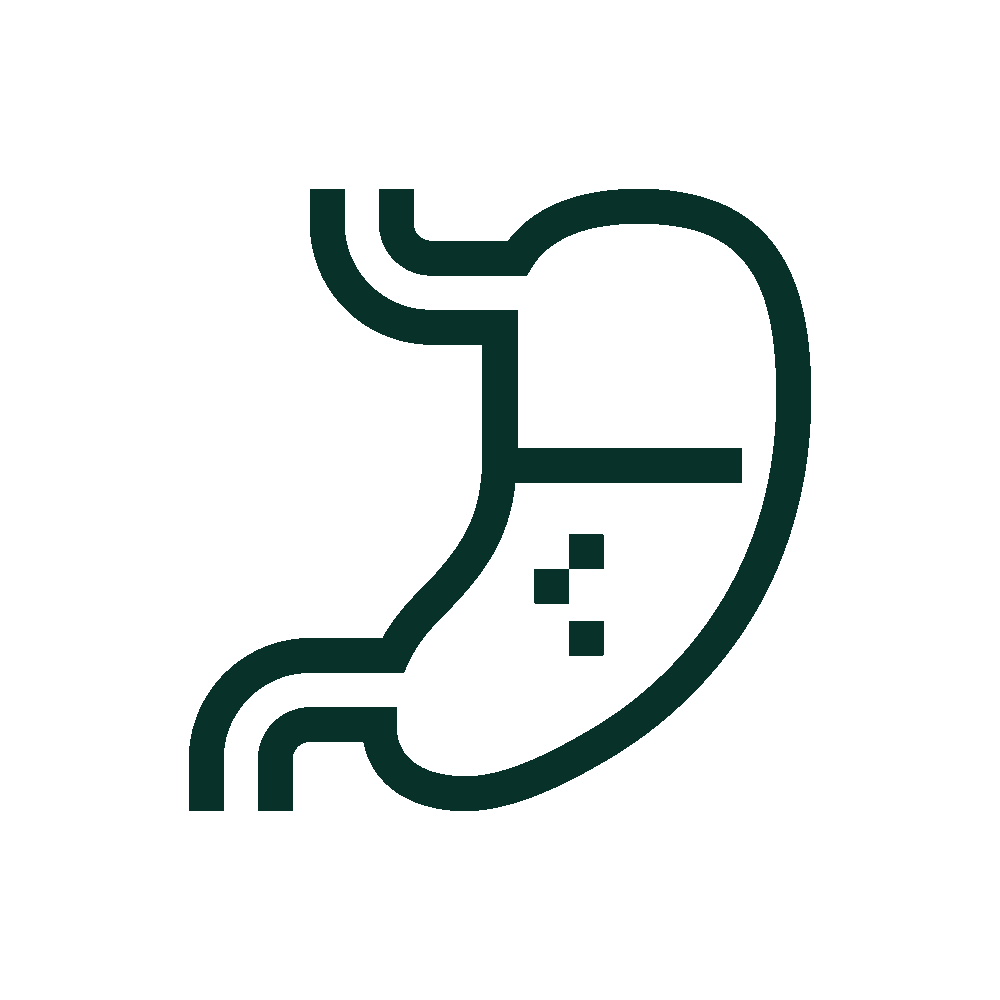by Boehringer Ingelheim / May 17, 2024

Myth vs. Fact: Common Misconceptions About PPID
Pituitary pars intermedia dysfunction (PPID), formerly known as equine Cushing’s disease, is one of the most common endocrine disorders seen in horses. Early clinical signs may include lethargy or change in attitude, delayed shedding compared to herd mates, decreased performance and loss of topline muscle, among others.
A PPID diagnosis can be overwhelming, and there are many misconceptions about the disease that can lead horse owners astray. By having some common myths surrounding PPID dispelled, horse owners can gain accurate insights to effectively recognize and manage their horses with this condition.
Myth: It’s Easy to Tell if a Horse Has PPID.
While advanced clinical signs of PPID are more obvious, such as a delay or failure to shed out and generalized muscle loss, early signs of the disease can be subtle and difficult to recognize. Taking a photo of your horse twice a year in the same position can help identify any gradual changes that may be occurring. To accurately identify these changes, photos should be taken at the same place on the farm from the same angle and during the same time of day, when possible.
Other clinical signs, such as a change in attitude or lethargy, may be difficult for a veterinarian to recognize if they don’t interact with the horse on a daily basis. Horse owners, barn managers and trainers know their horses best, and should communicate any abnormalities with the veterinarian to aid in diagnosis.
Myth: PPID Only Affects Older Horses and Ponies.
While PPID is more common as a horse ages, it has occurred (though rarely) in horses as young as 5 years old. Horse owners should contact their veterinarian if they notice any clinical signs in their horse, no matter the age or breed.
Myth: PPID Can Be Managed Through Dietary Changes and Exercise Alone.
While dietary changes and exercise can help, management of the disease requires a whole-horse approach for the most successful outcome. Horses with PPID should receive routine care from hoof to teeth, such as regular visits with a farrier, yearly vaccinations based on risk and discipline, dental exams and body clipping, when necessary. Daily medication such as PRASCEND® (pergolide tablets) is also crucial to the management of the disease. Horse owners should work with their veterinarian to come up with a medication and management plan that are right for their horse.
Myth: If a Horse Tests Negative, He/She Doesn’t Have PPID and Doesn’t Need to Be Tested Again.
If your horse has clinical signs consistent with PPID and initially tests negative for the disease, a veterinarian may recommend retesting with a more specific testing procedure and/or retesting in six to twelve months, unless signs worsen; then, your veterinarian may retest at that time.
Myth: PPID Is Not a Serious Disease.
PPID is a lifelong disease that requires daily management. Left untreated, horses with PPID may be at an increased risk of insulin dysregulation, which in turn increases the likelihood of laminitis. However, with a knowledgeable horse health care team and proper management, horses with PPID can continue to have an improved quality of life.
While these are some of the more common myths surrounding PPID, it’s important to remember that this is not an exhaustive list. Horse owners should work with their veterinarian to develop an accurate and clear understanding of PPID, in order to best manage their horse and provide the highest level of care.
PRASCEND® is a registered trademark of Boehringer Ingelheim Vetmedica GmbH, used under license. ©2025 Boehringer Ingelheim Animal Health USA Inc., Duluth, GA. All rights reserved. US-EQU-0137-2024








